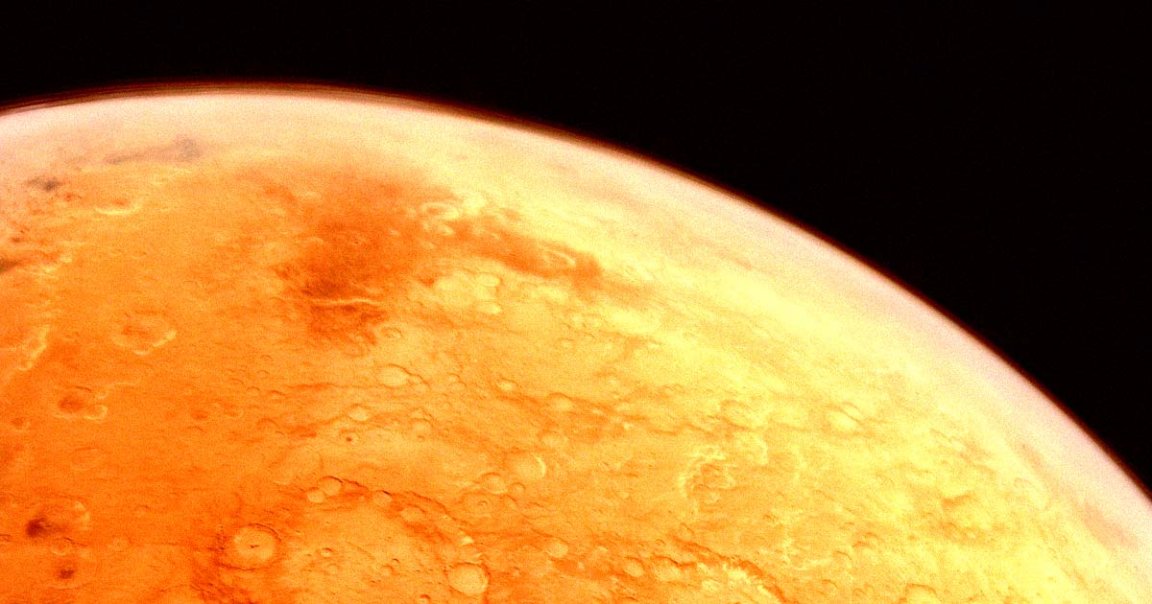
Fuel for Thought
Prevailing theories suggest that Mars was once covered in a major liquid water system of oceans, rivers, and lakes, which presupposes a thick atmosphere that could maintain temperatures at which liquid water could exist.
But 3.5 billion years later, its barren surface leaves only hints of its once lush history behind, leading scientists to wonder what exactly happened to this atmosphere.
As detailed in a new paper published in the journal Science Advances, the vast majority of the planet’s atmosphere just might be trapped in sedimentary rocks lining the Red Planet’s surface.
According to their calculations, roughly 80 percent of the carbon dioxide of Mars’ ancient atmosphere could be trapped inside carbon-based organic compounds.
Excitingly, the scientists suggest this carbon could be extracted and turned into rocket fuel, facilitating future trips to and from the distant planet.
“Based on our findings on Earth, we show that similar processes likely operated on Mars, and that copious amounts of atmospheric CO2 could have transformed to methane and been sequestered in clays,” said author and MIT geology professor Oliver Jagoutz in a statement. “This methane could still be present and maybe even used as an energy source on Mars in the future.”
Sleep Smectite
The scientists focused on a clay mineral called smectite, which can trap huge amounts of carbon. Here on Earth, the mineral was likely the result of tectonic activity and responsible for sucking up and storing huge amounts of carbon dioxide, allowing the planet’s surface to cool over time.
Due to the abundance of smectite clays on Mars, the scientists suggested that much of the Red Planet’s early atmosphere could’ve been sucked up this way as well.
“We know this process happens, and it is well-documented on Earth. And these rocks and clays exist on Mars,” explained Jagoutz. “So, we wanted to try and connect the dots.”
Around 3.5 billion years ago, scientists believe water was abundantly flowing across Mars’ surface.
“At this time in Mars’ history, we think CO2 is everywhere, in every nook and cranny, and water percolating through the rocks is full of CO2 too,” said coauthor and MIT planetary sciences PhD Joshua Murray.
“These smectite clays have so much capacity to store carbon,” Murray explained. “So then we used existing knowledge of how these minerals are stored in clays on Earth, and extrapolate to say, if the Martian surface has this much clay in it, how much methane can you store in those clays?”
“In some ways, Mars’ missing atmosphere could be hiding in plain sight,” he added.
More on Mars: Scientists Propose Low Cost Plan for Terraforming Mars